The latest community solar lotteries in Illinois and New Jersey are clear evidence that solar development is a very competitive business.
With a non-residential solar PV segment that was “on track for a down year” at the end of 2019, according to the latest U.S Solar Market Insight report, community solar comes at the right time to push the industry forward with future growth.
Overall, this is great news for solar adoption and climate change mitigation. The downside is that community solar project development is more of a commodity than ever. Policymakers are agnostic to projects that meet their criteria (i.e. brownfield, low-to-moderate income subscribers, etc.) and easily be able to fill their capacity for the foreseeable future.
As solar project development becomes more of a commodity, innovation and differentiation are occurring on the subscriber side. Once developers get through a state lottery, it’s actually time to sell the electricity to households and businesses that want to buy it.
Solar in (over)supply In September, New Jersey’s Community Solar Energy Pilot Program received applications for more than 650 MW of capacity — nearly three times the potential capacity for the program of 225 MW over three years. Last April, the Illinois community solar program received over 900 project applications and awarded only 112.
After a few years of evolution, we can now see what it takes to stand above the crowd and attract customers at a large scale. Buyers are more educated than before and won’t settle for unreasonable terms, especially when the status quo of staying with their existing utility provider is so easy.
Let’s take a look at the subscription offers that currently exist across the market. After reviewing offers across leading developer and subscriber organization websites, a few trends have developed.
Subscription offer categories
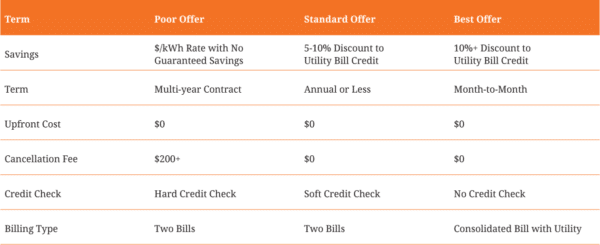
The Poor Offers: Getting a household to join a community solar project with these terms will be tough. Long terms and cancellation fees might work for large corporate customers with big budgets, but it won’t work for a household looking to save ten dollars per month and have peace of mind by supporting solar. The longest contracts for individuals are mortgages (30 years), student loans (20 to 30 years), and cars (4 to 6 years). Why would someone want to add community solar to this list of long contracts?
The Standard Offers: In 2020, this is the middle of the road offer and a good choice for a household or business. It offers flexibility, the chance to do right by supporting renewable energy, and there is a guarantee to save money (relative to a bill credit). These offers are especially good for early adopters, but they may struggle to scale to the masses.
The Best Offers: Subscription offers in this category will become the standard offers in the near future because they are now disrupting the marketplace. Households are engaged and even becoming evangelists on social media. Terms are flexible and customer experience is very positive. This is where it all comes together across product and brand.
Think beyond product details
The ability to sell a subscription product goes beyond the terms outlined in the table above. The most successful companies will also consider the following when approaching the market for community solar subscriptions.
Customer experience
Engage your customers with an easy and friendly onboarding process, surprise them with updates and news about their solar project, and get feedback from them through surveys to continuously improve. Research shows that 25 percent of customers will jump ship after just one bad experience. Due to the nature of long-term power purchase agreements, solar companies have a tendency to leave customers behind after a sale. Households with month-to-month flexibility will need a more engaging experience to stay put.
Build a respected brand
By default, solar companies are in a pretty good place with respect to values. We are all advancing the adoption of renewable energy, right? Even if that’s the case, customers will gravitate to brands that speak their language and reflect their values. Think about your target audience and what matters to them. If you have a local presence, that can also be a way to differentiate your brand from a competitor.
Add sales promotions
You can use sales promotions to push customers along in their buyer’s journey. Whether it’s a gift card, referral bonus, or a donation to a related non-profit, set a timeframe on the promotion and use it to create a reason for a customer to act today rather than tomorrow. Non-residential solar developers can even learn from these community solar promotions that are flooding major markets to benefit their own sales efforts. The lack of such promotions in the solar industry also happens to be one of our Solar Marketing Mistakes That You Can Fix.
Households won’t settle for poor terms
It’s estimated that about a third of non-residential solar PV capacity will come from community solar by 2023, representing over two gigawatts of capacity. It’s going to take a lot of households to fill those projects. From the look of the Illinois and New Jersey lotteries, developers have approached the market as a “build it and they will come” mentality.
Unfortunately, it’s not a simple field of dreams for residential customers. The subscriber side needs more work than originally expected and households won’t settle for poor terms. For mass adoption of community solar, developers and subscriber organizations will need to provide customers with digestible project terms and clear benefits.
***
David Ganske, founder and CEO, “started DG+Design to fill a void in the clean energy industry for high quality creative and marketing support that doesn’t break the bank.” He has worked on clean energy projects for residential homeowners, businesses, and public sector agencies for over a decade. He has held leadership positions at SunEdison and most recently ForeFront Power, where he successfully launched a new renewable energy brand from scratch and built a team of skilled marketers.
You can reach him at david@dgplusdesign.com.
This content is protected by copyright and may not be reused. If you want to cooperate with us and would like to reuse some of our content, please contact: editors@pv-magazine.com.
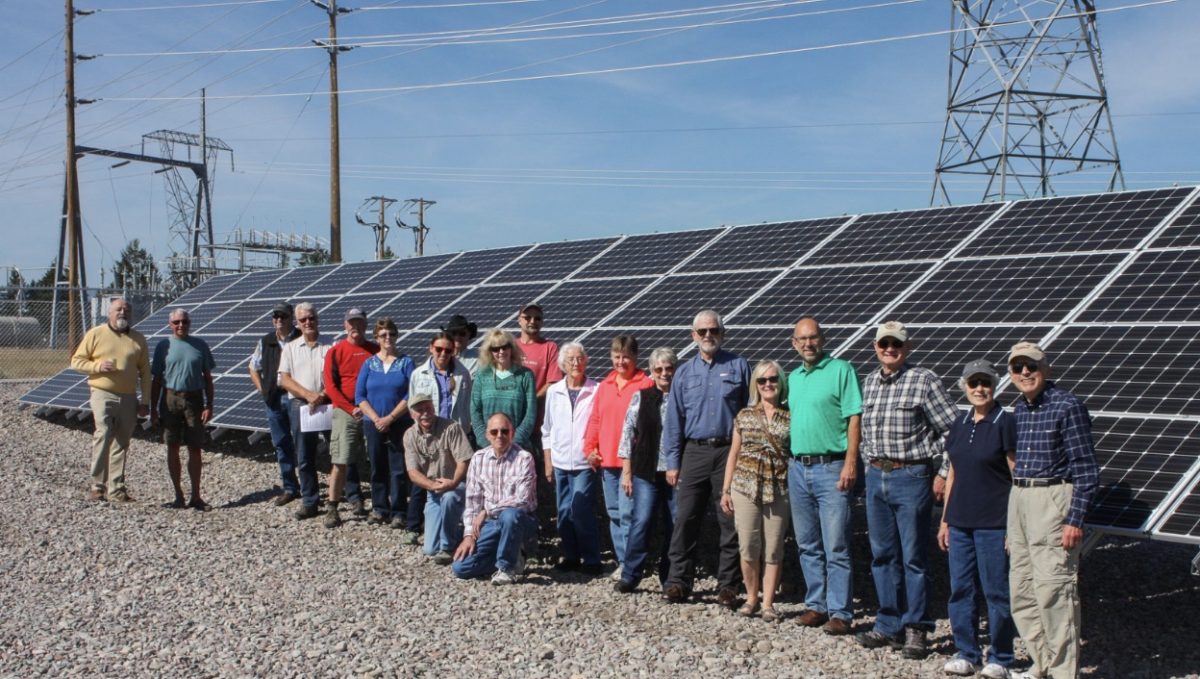
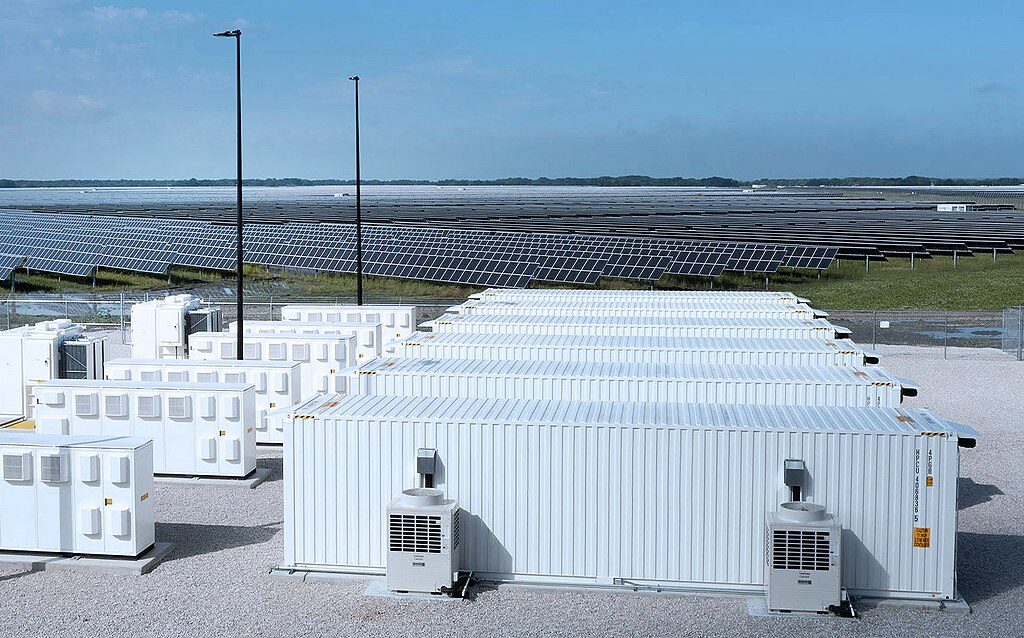




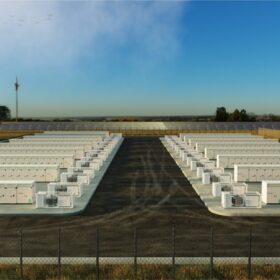
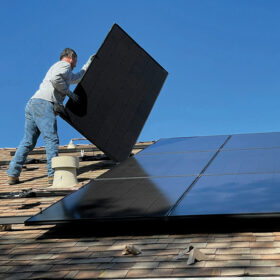
What kind of solar company is Sunworks? Is it a community solar installment company or what? It offers installments between 50KW to 2.5MW which is a niche above rooftop solar companies.and below utilty scale ones.. I am asking this because I am not seeing much of that range anywhere . Is it because of protectionism covering rooftop solar contractors who seek maximium control of local solar markets away from larger solar projects that Sunworks focuses on. I am a shareholder of Sunworks and I cannot figure out why it is still not doing well..
Contract’s that ‘aren’t’ fulfilled up front as when a home owner decides to adopt solar PV and install it on their home will always be risky. I’m not leasing or renting my water heater, washer/dryer, air conditioning unit(s), so why rent or lease a solar PV system? It is an energy appliance for the home that reduces or eliminates one’s electric bill each month. Treat it like an appliance, buy it outright, get a “packaged deal” of solar PV and smart energy storage so one can “program” around utility attempts to dilute the value of the system by storing and using the cheapest energy available 24 hours a day.
Rooftop solar cannot provide electricity for home heating nor can we store enough for that..